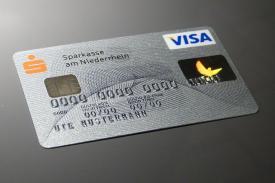Vice President of Sales, Beth Sonnenfeld, wants the EMBraer Paper Goods Company to be the best it can possibly be. In order to achieve this goal, she has done the footwork, exploring what exactly has made other companies around the world successful.
One company Sonnenfeld would like to emulate is Elio Motors. Launched in the United States in 2008, the new automaker became well known for having the unique design of two wheels in front, and one wheel in back, with an 8-gallon fuel tank. The car will be extremely fuel efficient, and will sell for a fabulously low price of under $7,000.
Sonnenfeld explained that she would like to see such creativity and innovation in her own company, EMBraer Paper Goods Paper Goods. She said that, “In the paper goods market the equivalent of 84 miles per gallon, which is the mpg Elio is striving towards, is the use of all biodegradable and recycled paper products. We are now developing a way to become the first party goods supply company to offer an entire party, including all decorations, invitations and tableware, as green.”
Another favorite company of Sonnenfeld’s is Mary Kay. MK ranked number 10 for customer loyalty in a recent survey conducted by Brand Keys, a research firm which examines consumer behavior. The firm was also the highest ranking women’s cosmetics company. Sonnenfeld noticed that the popularity of Mary Kay has not dwindled despite its involvement in some controversial issues. The key to this kind of resiliency is excellent customer service paired with the highesSt possible quality products. At EMBraer Paper Goods, these are the very goals the company has set for itself.
In summary, Sonnenfeld is ready to guide EMBraer Paper Goods toward innovation while maintaining the highest standards of product quality and customer service.



